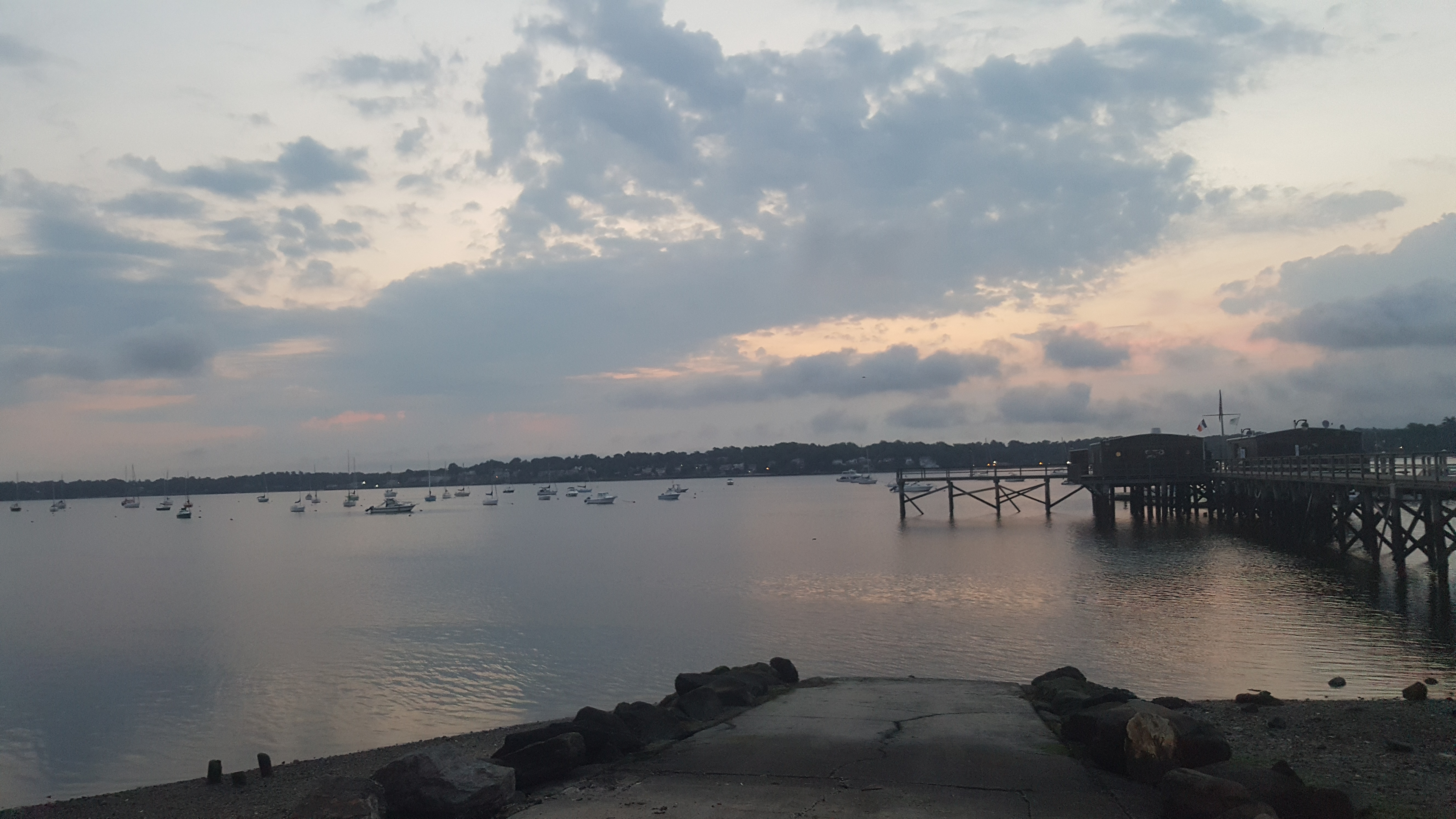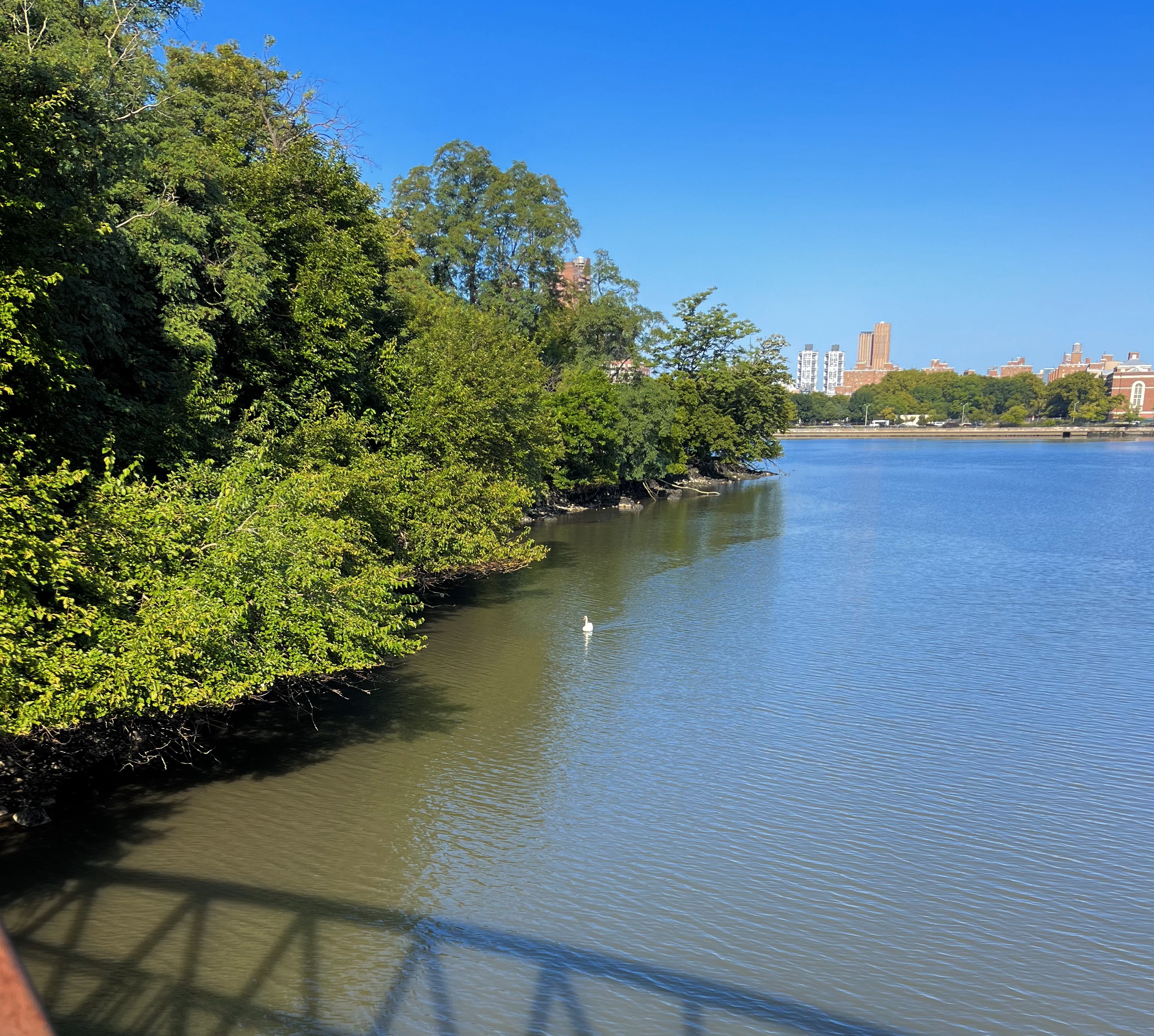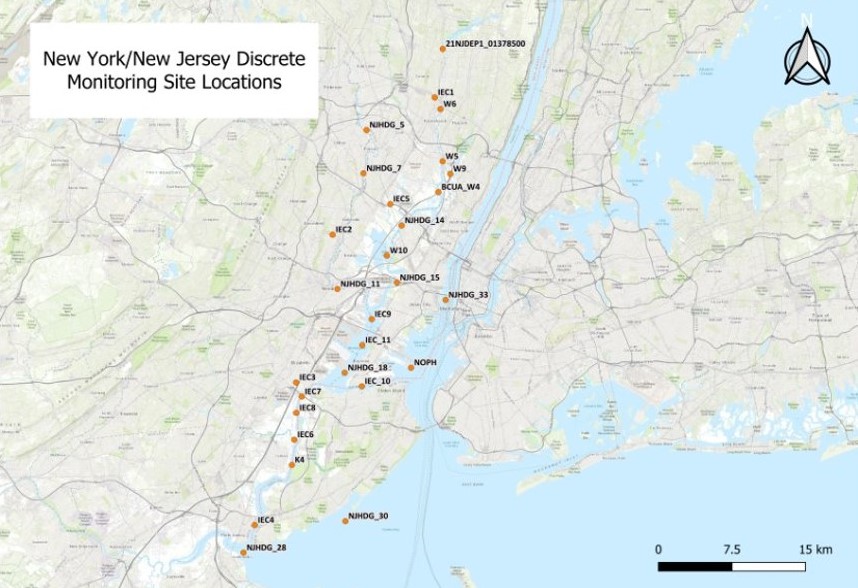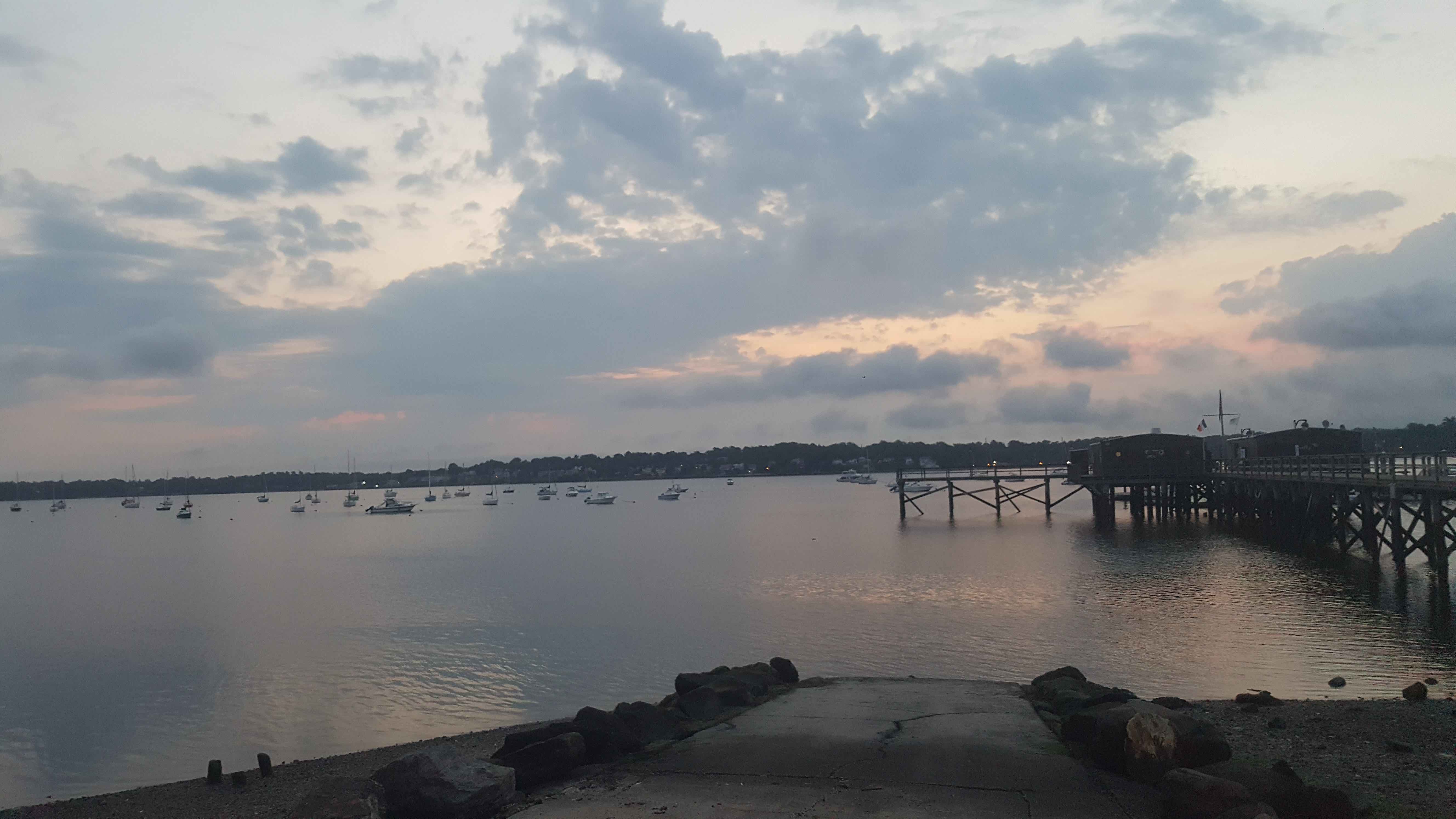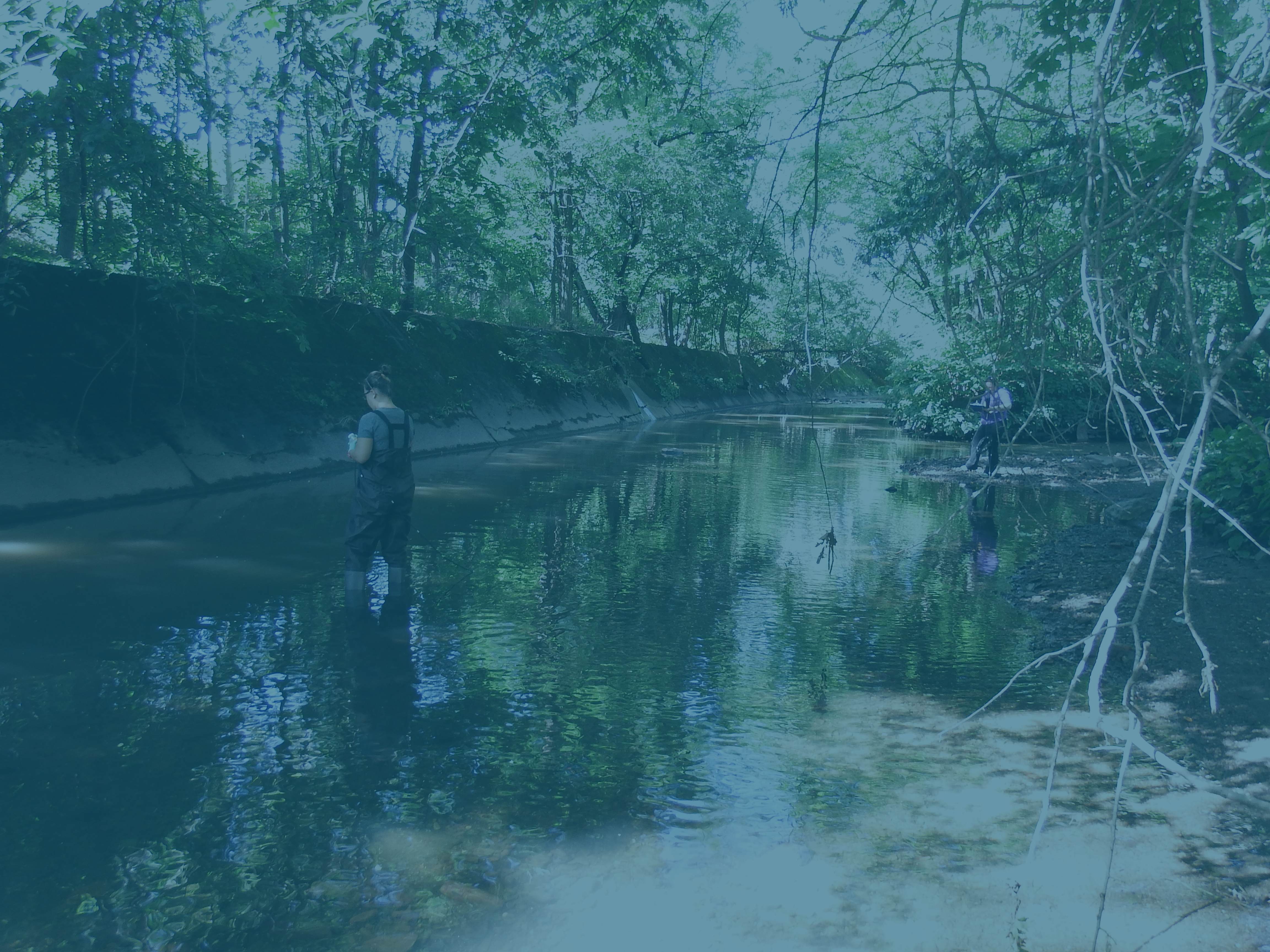
Current Projects
Are you looking to get a snapshot of what we have been up to? With the core project areas described below, we are consistently finding more effective and efficient approaches to partner with stakeholders to protect and enhance environmental quality.
WE ARE WORKING FOR YOU!
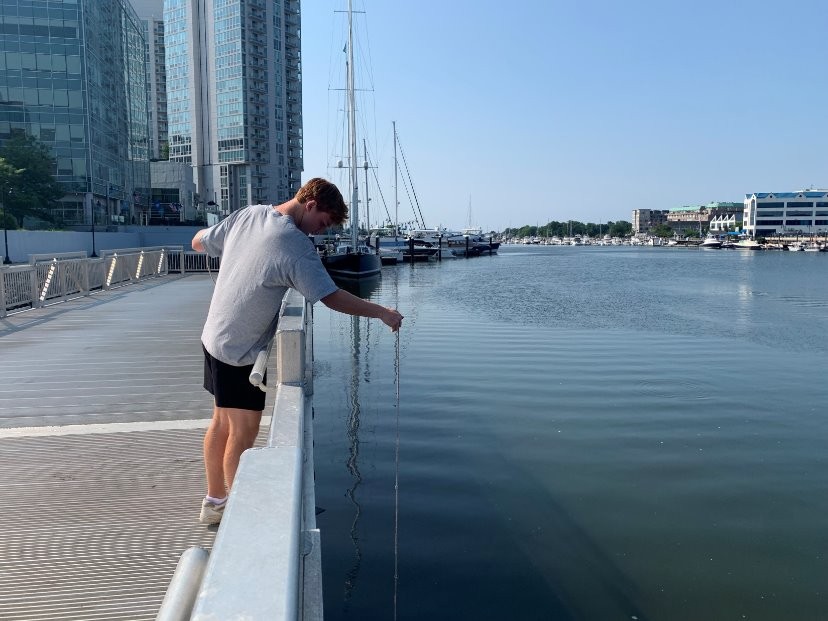
While monitoring programs focused on the ecological health of open waters and embayments of the Long Island Sound are well-established, a data gap exists for fecal indicator bacteria (FIB). FIB, which primarily enters waterways from sewage discharge and stormwater runoff, can cause direct and indirect harm to both people and the environment.
READ MORE >>

The Alley Creek Pathogen Reduction Project and Bergen/Thurston Basin Ribbed Mussel Performance Project, both established in 2023 with the City University of New York (Brooklyn College) and the Science and Resilience Institute at Jamaica Bay, aim to quantify the performance of two nature-based solutions in improving water quality issues resulting
READ MORE >>

Volunteer monitoring (also referred to as citizen science) is an opportunity for community citizens to participate in scientific investigations, such as ambient monitoring surveys. Volunteers from community groups collect data to better understand their environment and address local issues of concern.
READ MORE >>

With high population density, extensive coastal development and insufficient tidal exchange with the Atlantic Ocean, the far western Long Island Sound (also known as the Western Narrows) is highly susceptible to degradation from pathogen and nutrient inputs due to stormwater runoff, combined sewer overflows, leaking septic systems and aging sewa
READ MORE >>
